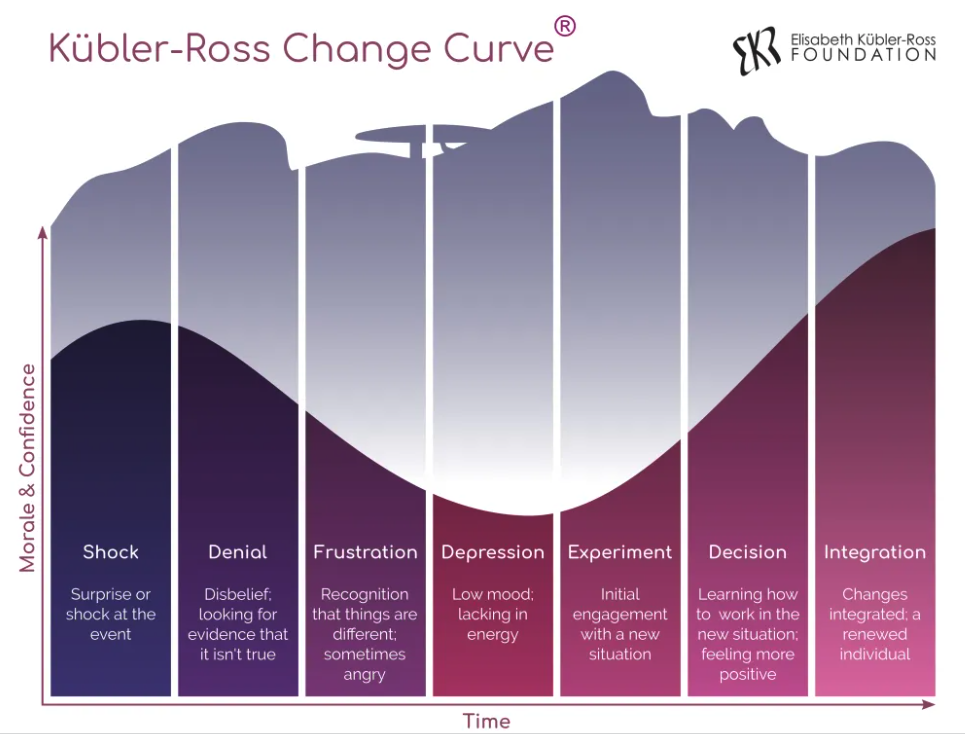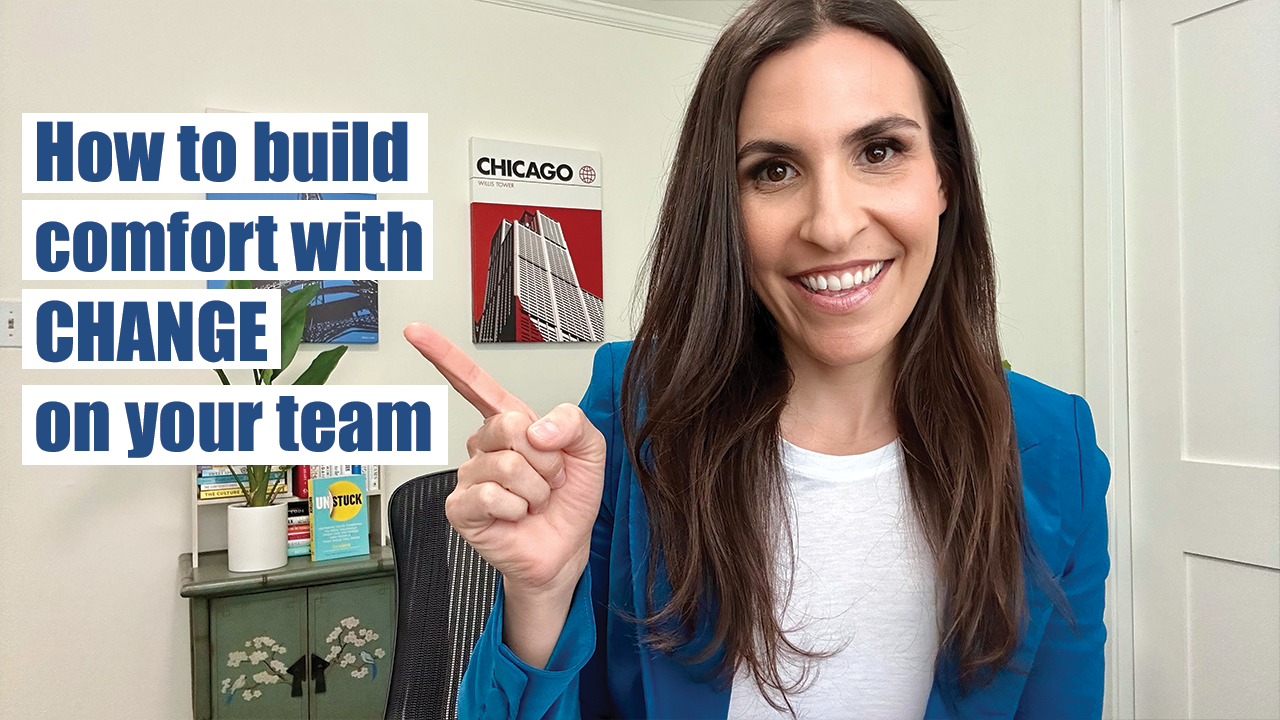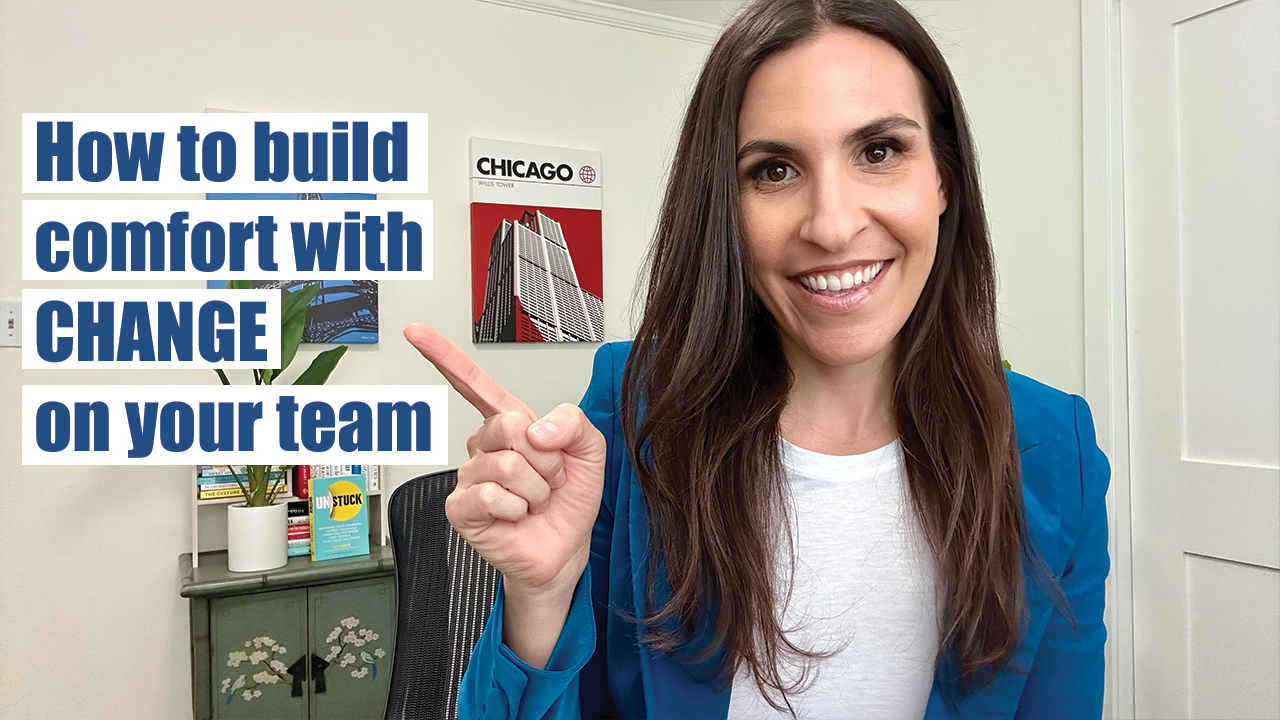When it comes to navigating change, it’s always said that time is the best medicine.
But what do you do when you are in a time like RIGHT NOW, when there is so much constant change and uncertainty, that there is no time to settle into one change before moving onto the next?
To answer this question, here are three things I’ve seen effective leaders do first-hand that have led to faster adoption of a change and increase morale on their team after a big change.
1) Over communicate
Don’t have all of the answers? OK. Decide to cancel all meetings until you figure out the answers or someone gives them to you? Not OK. Leaders who stay in it with their teams and don’t retreat to the sidelines are the ones who keep motivation and momentum on their teams.
Example of what to say in a team meeting: “There is a LOT going on right now, and you’re not alone in feeling overwhelmed. While I can’t promise I have all of the answers, I am here to talk and will share updates as I learn more.”
2) Connect the dots for people on why their work matters
A big change might signal to a team member that their skills aren’t important or that they aren’t valued. Debunk this by connecting the dots between their role and their responsibilities to the goals of the greater organization; help them see the connection to reinvigorate their sense of purpose.
Example of what to say in a 1:1 meeting: “I know [BLANK] project got wound down and that can feel both disappointing and scary about what is next for you and your work. The learning from [BLANK] project is critical to the success of the bigger goals for our team, and I’d love for you to host a ‘Lunch and Learn’ to talk about what you discovered in doing the work so others can benefit from it.”
3) Plan for the soft landing
When a change happens in the workplace, the biggest question people are wondering is “what happens to me now?” This isn’t because they are selfish, it’s because, spoiler: it’s kind of the question we all ask ourselves whenever anything happens in our lives. Head this off and potentially help people move faster through the change curve by having 1:1 conversations with each team member after a big change to talk about their projects, realign around their career goals, and where their skills might be a match for a new team.
Example of what to say in a 1:1 meeting: “I wanted to focus our 1:1 today on how to ensure we keep momentum on your career goals that we’ve been discussing, and apply your skills to the best situation for you and the broader team. Your superpower of [BLANK] will be a great fit for the [BLANK] team, and I’ll setup a meeting later this week to get you onboarded onto that project.”
Give these three strategies a try, and through being there for your teams and showing them they matter, you will see them move through the change process more quickly with a higher sense of motivation and engagement around the new normal.
As an additional resource – I love the Kübler-Ross Change Curve model (pictured below) as a tool for understanding how people process change, and our responsibility as leaders is to hold space for the shock, denial, frustration, and depression stages while creating opportunities for people to experiment with the new normal and make the decision to get on board with more ease.

(Kübler-Ross Change Curve, Learn more at: ekrfoundation.org/5-stages-of-grief/change-curve/)
**
Working in big tech for a decade, if there is one thing I understand, it’s navigating and repairing after reorgs and big changes – this is something you do not have to go at alone. For support for your team to create that soft landing and increase engagement, reach out to hello@liagarvin.com or check out my website at liagarvin.com



